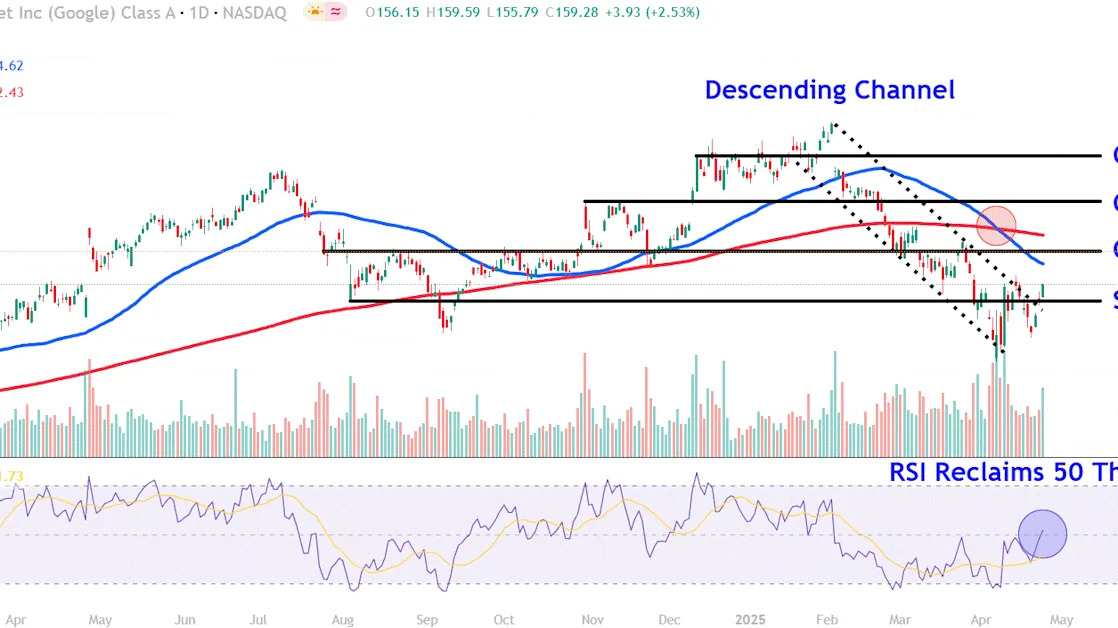(Bloomberg) -- The outlook for Indonesia’s palm oil harvest has dimmed as dry weather and aging trees crimp production in the world’s top grower, which will likely tighten global supply and keep prices elevated.
Output of the tropical oil this year is expected to be flat or as much as 5% lower than 2023, according to forecasts from the Indonesian Palm Oil Association and the Indonesian Palm Oil Board. The industry groups, which represent producers and refiners, had both predicted an increase earlier this year.
The US estimates global palm oil reserves are heading for the lowest level in three years, with the world’s second-largest grower — Malaysia — also facing supply issues due to old trees and a labor shortage. The tropical oil is used in a wide range of products from soap to ice cream and fuels.
Indonesia produced a record 54.84 million tons of palm oil in 2023, according to data from the country’s palm oil association, following three years of declining output. The industry group, known as Gapki, estimated output this year of 52 million to 53 million tons.
About a third of Indonesia’s key palm oil growing regions have seen lower than normal rainfall in July, including Sumatra and parts of Kalimantan, said M. Hadi Sugeng, the secretary general of Gapki. The trend is expected to continue this month, he added. The group forecast production will be steady to 5% lower this year, compared with a February projection for a 5% increase.
The US Foreign Agricultural Service forecast Indonesian palm oil output from January to June declined by 2% from the same period last year, according to a report earlier this month. Drought caused trees to develop more male flowers and decreased the volume of fresh fruit bunches, it said.
Old Plantations
Maturing trees continues to be a persistent problem for the industry. For many of the nation’s smallholders, their plantations are older than 25 years and they desperately need to be replenished to help boost output, said Sahat Sinaga, the acting chairman of the Indonesian Palm Oil Board.
Fresh fruit production has slipped to as low as 700 kilograms a hectare at some plantations, from 830 kilograms, Sinaga said. The board estimated Indonesian output this year would drop by 3%, compared with an January forecast for a gain.
“I am deeply concerned, Indonesia’s glory in palm oil could fade away if no one realizes this issue,” Sinaga said, referring to aging plantations.





